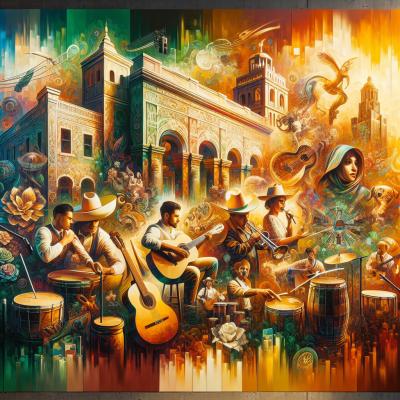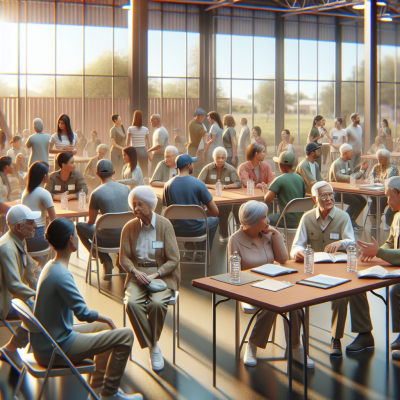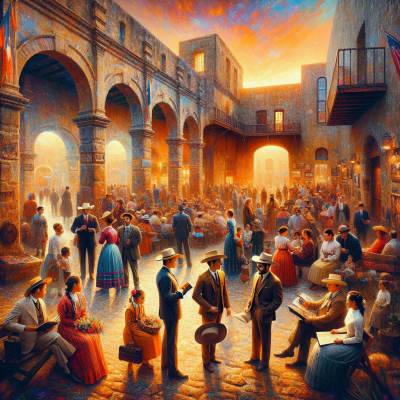
History and Culture in Corpus Christi
Exploring the Origins of Corpus Christi
Early Indigenous Tribes and Their Legacy
Long before the city of Corpus Christi emerged as a vital cultural and economic hub along the Texas coastline, the area was inhabited by indigenous tribes whose presence and traditions enriched the land's history. Among the earliest known residents were the Karankawa and the Lipan Apache, tribes that thrived long before European contact. The Karankawa, known for their coastal livelihood, were expert fishermen and gathered shellfish, utilizing the rich resources of the Gulf of Mexico. Their semi-nomadic lifestyle and innovative use of dugout canoes allowed them to navigate the region’s waterways adeptly.
The legacy of these tribes is integrated into the region’s identity, not only in the geographical names that dot the landscape but also in the oral traditions and cultural practices passed down through generations. Insights from archaeological findings have shed light on these communities' complex social structures and spiritual beliefs, giving us a glimpse into their world. Preservation efforts today focus on keeping this heritage alive, providing educational programs and exhibits that honor their contributions.
The Arrival of European Explorers
The late 15th and early 16th centuries marked the beginning of dramatic changes for the indigenous peoples of the Texas Gulf Coast, as European explorers arrived seeking new lands and wealth. The exploration efforts led by Spanish conquistadors profoundly impacted the area's trajectory. In 1519, Alonso Álvarez de Pineda became the first European to map the Texas coastline, setting the stage for future expeditions. This contact ushered in an era of exchange, sometimes peaceful but often fraught with conflict.
As European presence increased, driven by the allure of expansion and resources, changes in the region’s control dynamics soon followed. The explorers brought with them not only new diseases but also new cultural practices and beliefs. These interactions led to significant shifts in the indigenous lifestyles and livelihoods. The European narrative, infused with stories of exploration and conquest, overlays the rich tapestry of indigenous history, creating a complex tableau that reflects both struggle and adaptation.
Establishment of Spanish Missions
With the wave of European exploration came the desire to evangelize and colonize the New World. Spain, intent on expanding its empire, established a series of missions in the region during the 17th and 18th centuries. These missions aimed to convert the indigenous population to Christianity and integrate them into Spanish colonial society. The mission system served a dual purpose: spreading religious influence while asserting political and economic control over strategic territories.
In the Corpus Christi area, missions functioned as centers of agricultural production, education, and cultural exchange. They became hubs for the exchange of ideas and technology between the Spanish and the native populace. The architecture of these missions, characterized by robust yet elegant design, remains a testament to this era, with several sites designated as cultural landmarks. Through the establishment of missions, the Spanish left an indelible mark on the region, shaping its cultural and social landscape in ways that continue to resonate today. These missions, while instrumental in creating new cultural syntheses, also stand as reminders of the complexities inherent in cultural transformation and the resilience of indigenous identities.
Planning Your Trip to Corpus Christi?
How can we help you with your visit? Ask us anything: from restaurant recommendations to concerts happening this weekend, weather updates, and more.
We’re here to make your trip unforgettable!








